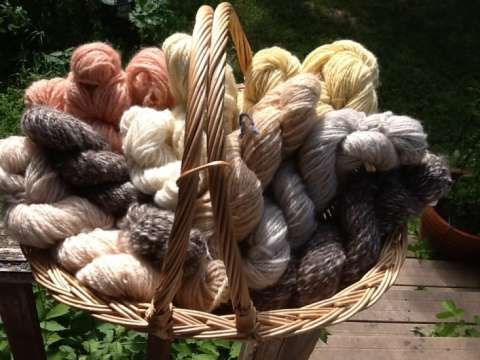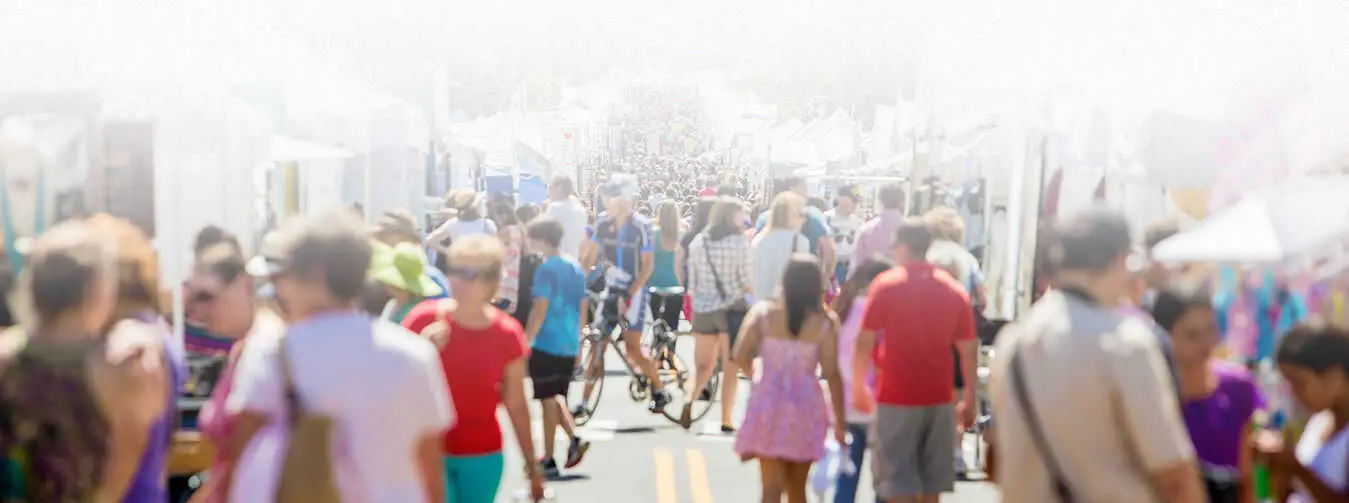September 8, 2013
Color Blending on a Drum Carder
Since I started dyeing wool and yarn I have a stash of really nice, naturally dyed fiber as well as some colored fleeces from colored sheep. I decided to try blending some of them on a drum carder. I have made 'art batts' by sandwiching different fibers together and then carding them. This is great for creating funky yarn, but I wanted something more uniform in texture. I put all the different colors of roving I have together with some colored fleece and picked out several I thought would meld nicely together.
I started by applying a thin even layer of the red cabbage roving. To that I added bits of color. When I wanted a layer of color, as with the red cabbage, I applied it using the small roller to feed it to the large drum. If I was applying a color for punch or that I wanted only in certain places, I applied it directly onto the drum. When I got to a spot where I could no longer see a color, I added some more. If I thought it looked a little drab I found another color to add. When I thought the colors were getting too bright, I calmed them back down with some more red cabbage or some of the silver grey fleece.

As the batt was forming on the drum I kept a picture in my mind of the finished batt and how the yarn would look. I had a loose idea of what I wanted by thinking about New Mexico and the colors of the Southwest. It is pretty difficult to get really specific on a drum carder, but you can create beautiful color combinations and it gives you some control over how blended together the colors become. I new it was time to stop adding fiber when the drum was no longer picking up the wool from the small feeder roller. Below is a picture of the first batt completed on the drum.

I removed the batt with two large knitting needles, drafting and rolling it into rollags. I got five rollags. from this batt.

I made another batt as much like the first as I could I tried to load the colors in a similar manner and also tried to get the batt about the same size as the first. I got another five rollags from the second batt. I ended up making one more small batt, as that was all the red cabbage roving I had. Thirteen rollags total. I put them all in a basket and would spin them randomly to diminish the effect of coming from different batts.


I spun the rollags into a fine singles. Spinning from the rollag is really nice. You just tease the wool from one end. I knew I wanted the yarn plied, but wasn't sure how. I didn't want to ply two singles together because I didn't want to barber pole the colors on top of each other. Because the batts were made on a drum carder, I couldn't really control how the specific colors came off. I wanted them to stay as clear as possible.

This is my finished 'Taos' Navajo plied yarn. I ended up with about 180 yards of worsted/DK weight yarn. It is a very soft yarn with a nice amount of loft.



